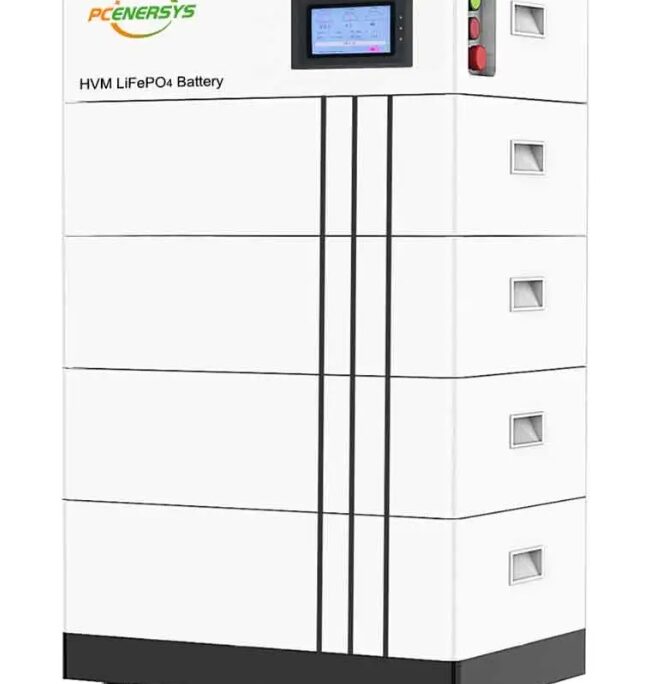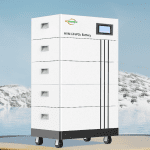High voltage lithium ion battery have transformed industries from home energy storage to renewable energy storage systems. Everyone will enjoy the benefits of their high energy density and long cycle life during use, but there is another point that we need to pay attention to: their temperature. Temperature monitoring of high voltage lithium ion batteries is critical because the temperature can directly affect their working performance. This article will discuss the importance of monitoring the temperature of high-voltage lithium-ion batteries during operation.
The importance of temperature monitoring for high voltage lithium ion battery
High voltage lithium ion batteries are highly sensitive to temperature changes, and the main reason temperature monitoring is critical for high voltage lithium ion batteries is safety. If the battery temperature rises, excessive heat will cause thermal runaway, resulting in a chain reaction of heat generation and gas release. Battery rupture, electrolyte leakage, and thermal events can occur. Temperature monitoring helps optimize battery performance and efficiency, controlling them within a specific range to achieve the highest operating efficiency.
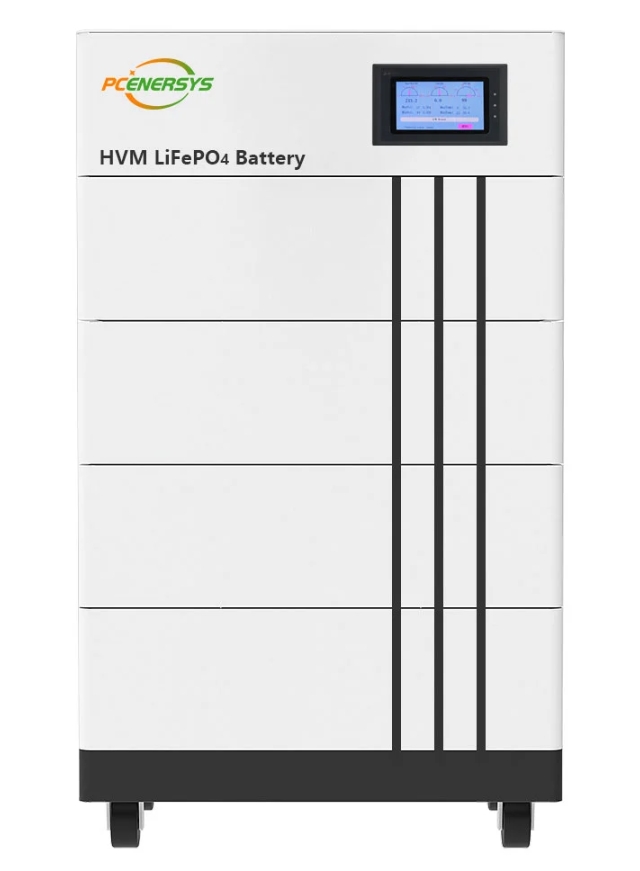
Optimal temperature range
Through temperature monitoring, we can control the temperature range of high-voltage lithium-ion batteries within the charging temperature range of 0~60°C and the discharge temperature range of -10~60°C. Batteries operate most efficiently and reliably within this range, exhibiting optimal charge and discharge characteristics and maximum energy storage capacity. Temperatures within this range can promote effective electrolyte conductivity and electrode dynamics, promote smooth ion transport, and minimize internal resistance, making the battery more stable during discharge.
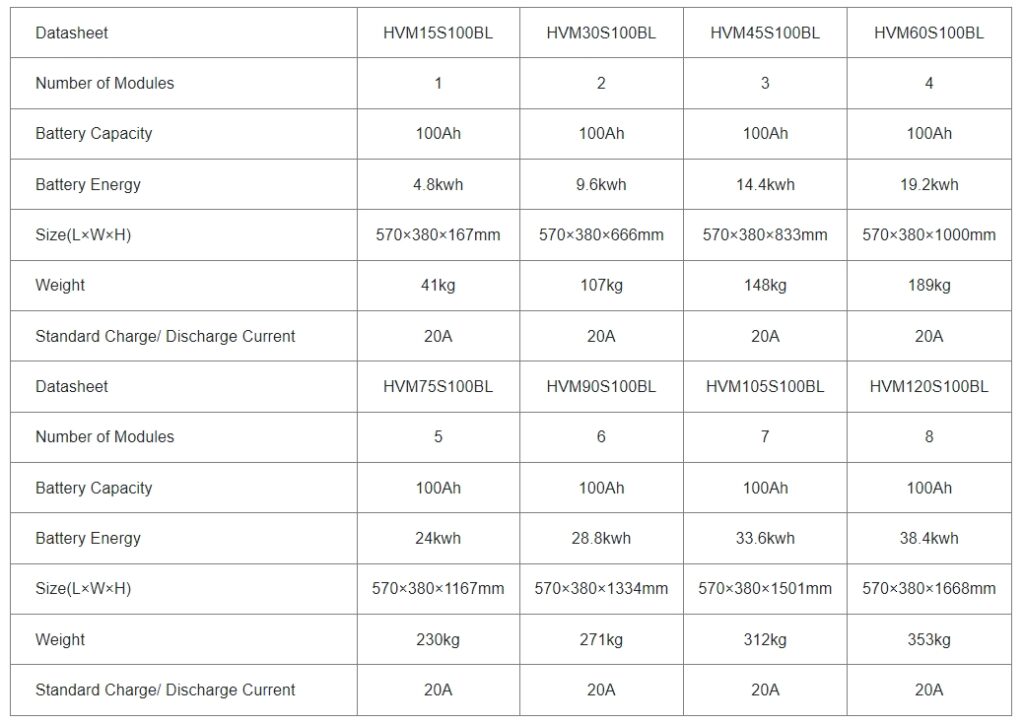
High voltage lithium ion battery temperature monitoring method
A common temperature monitoring method of high-voltage lithium-ion batteries is to use thermocouples or temperature sensors embedded in the battery. These sensors measure the temperature at specific locations within the battery, allowing precise monitoring of temperature gradients and hot spots. In addition to embedded sensors, external temperature probes can be used to monitor the ambient temperature around the battery pack or system. These probes can capture temperature fluctuations in the work environment to better monitor temperature data and identify potential heating or cooling.
Integrate temperature monitoring system into BMS
Integrating temperature monitoring systems into the battery management system (BMS) of high voltage lithium ion batteries enables a more intelligent monitoring approach. This integrated approach adds temperature sensors, data acquisition systems, and control algorithms to the BMS architecture to provide real-time monitoring and management of battery temperature throughout its service life. By connecting a temperature sensor to the BMS, the BMS thief continuously monitors the sensor’s temperature readings and compares them to predetermined thresholds or limits to detect temperature anomalies or deviations from the required operating range. Advanced algorithms interpret temperature data, identify trends, and generate alerts or warnings when temperature levels exceed safe limits. In addition to real-time temperature monitoring, it can store historical temperature data for analysis and diagnosis.
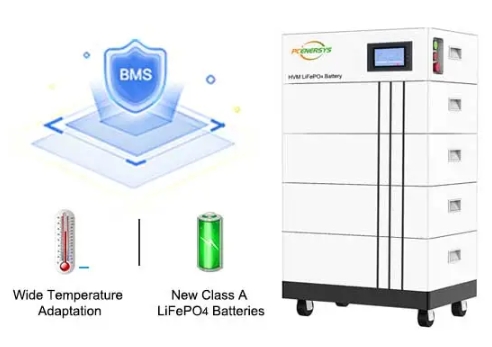
Precautions for temperature monitoring
When monitoring the temperature of high-voltage lithium-ion batteries, we must pay attention to some special matters. The first step is to select a temperature sensor designed for high-voltage lithium-ion batteries and place it correctly in the battery pack. The next step is regularly calibrating the temperature sensor for accuracy and reliability. In the process of monitoring temperature, it is necessary to consider the ambient temperature, humidity, and air circulation to reduce factors that interfere with temperature readings. Finally, temperature monitoring equipment requires routine maintenance and inspection to ensure proper operation and alignment.
Ensure safe and efficient operation of batteries
Monitoring the temperature of high voltage lithium ion batteries is key to ensuring their safe and efficient operation in various applications. By integrating monitoring temperature data into the battery management system, users can identify potential problems during use, optimize performance, and extend the battery system’s life.

